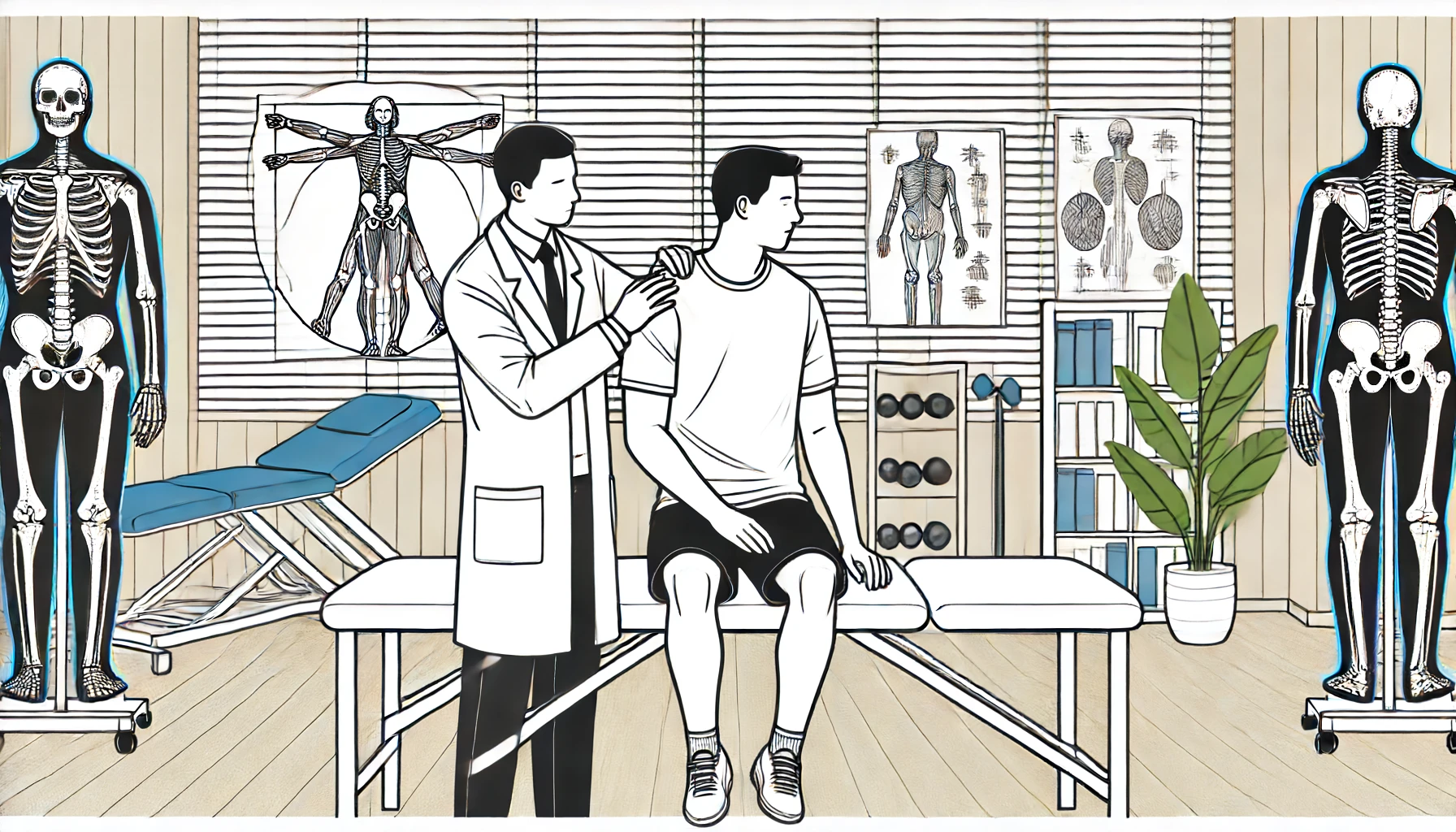Introduction
Shoulder injuries are a common problem in sports. They can happen to anyone, from young athletes to seasoned professionals. These injuries can be painful and make it hard to play sports at your best. Understanding how shoulder injuries affect athletic performance is important for athletes, coaches, and anyone who loves sports.

In this article, we will talk about different types of shoulder injuries and how they impact performance. We will also discuss ways to recover and prevent shoulder injuries in the future.
By the end of this article, you will know more about shoulder injuries and how to manage them. This knowledge can help you stay healthy and perform well in your sport.
Overview of Common Shoulder Injuries in Sports
Shoulder injuries can be a major setback for athletes. Here are some of the most common types of shoulder injuries seen in sports:
- Rotator Cuff Tears
- Description: The rotator cuff is a group of muscles and tendons that help your shoulder move and stay stable. A tear in these muscles or tendons can cause pain and weakness.
- Causes: These injuries often happen due to repetitive motions, like throwing a ball or lifting weights.
- Shoulder Dislocations
- Description: A dislocation happens when the upper arm bone pops out of the shoulder socket. This can be very painful and usually requires medical attention.
- Causes: Dislocations often occur due to a fall or a direct hit to the shoulder.
- Labral Tears
- Description: The labrum is a piece of cartilage that helps keep the shoulder joint stable. A tear in the labrum can cause pain and make the shoulder feel unstable.
- Causes: Labral tears can happen from overuse, such as repetitive throwing, or from trauma like a fall.
These injuries can make it difficult to play sports and can lead to long recovery times. Knowing about these common shoulder injuries can help athletes take steps to prevent them.
How Shoulder Injuries Affect Athletic Performance
Shoulder injuries can have a big impact on an athlete’s performance. Here’s how:
- Reduced Range of Motion: Shoulder injuries often limit how far you can move your arm. This can make it hard to perform tasks that require full arm movement, like swimming or serving in tennis.
- Pain: Pain from shoulder injuries can make it hard to focus and perform well. It can also affect your sleep, which is crucial for recovery and performance.
- Decreased Strength: Injuries can weaken the shoulder muscles, making it harder to lift, throw, or push. This loss of strength can impact performance in many sports, including basketball, volleyball, and baseball.
For example, a baseball pitcher with a shoulder injury might not be able to throw as fast or as accurately. A swimmer might struggle to complete strokes efficiently. Understanding these impacts can help athletes and coaches make better decisions about training and recovery.
Rehabilitation and Recovery
Recovering from a shoulder injury takes time and effort. Here are some common rehabilitation strategies:
- Physical Therapy: Working with a physical therapist such as from Scottsdale Physical Therapy & Performance can help rebuild strength and improve range of motion. Exercises are tailored to the specific injury and the athlete’s needs.
- Rest and Ice: Allowing the shoulder to rest and using ice can reduce pain and swelling.
- Gradual Return to Activity: It’s important to slowly get back to sports activities to avoid re-injury. Starting with light exercises and gradually increasing intensity is key.
Following these strategies can help athletes recover fully and prevent further injuries.

Innovations in Treatment
New treatments are making it easier to recover from shoulder injuries. Some of these include:
- Minimally Invasive Surgery: Smaller incisions and advanced techniques mean less pain and faster recovery times.
- Advanced Physiotherapy: Techniques like dry needling and ultrasound therapy can help speed up recovery.
- Medical Technologies: Wearable devices and apps can track recovery progress and provide real-time feedback to athletes and doctors.
These innovations are improving the way shoulder injuries are treated, helping athletes get back to their sports faster.
Prevention Strategies
Preventing shoulder injuries is better than treating them. Here are some tips:
- Strength Training: Building strong shoulder muscles can help prevent injuries. Focus on exercises that strengthen shoulder muscles.
- Proper Technique: Using the correct technique in sports can reduce the risk of injury. Coaches can help athletes learn and maintain good form.
- Rest and Recovery: Giving the shoulder time to rest and recover is important. Avoid overtraining and take breaks when needed.
By following these prevention strategies, athletes can reduce the risk of shoulder injuries and stay in the game.
Conclusion
Shoulder injuries can have a big impact on athletic performance, but understanding them can help athletes stay healthy. By knowing the common types of injuries, how they affect performance, and ways to recover and prevent them, athletes can make informed decisions about their health. Staying informed and taking the right steps can help athletes perform at their best and enjoy their sports safely.
